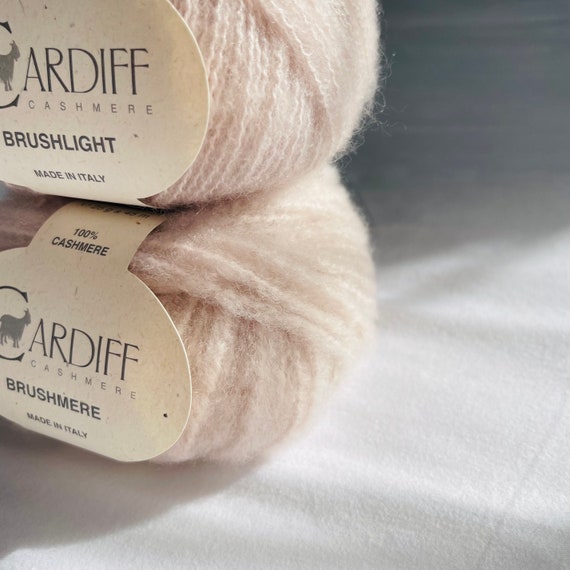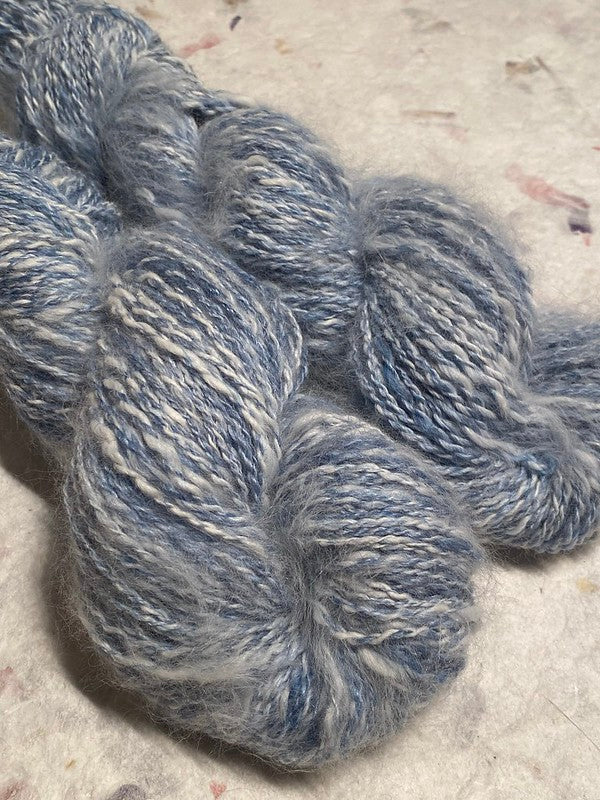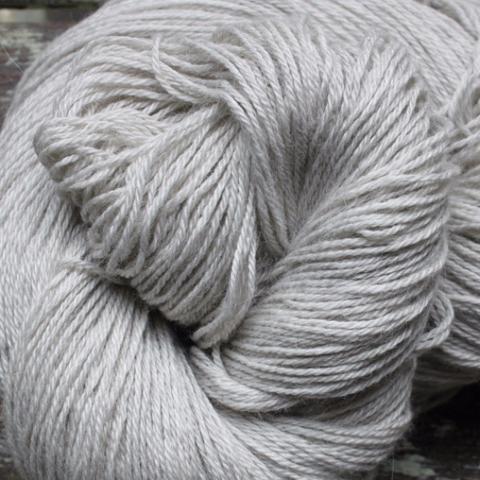What Is Cashmere? Exploring the Premium Material Loved by Fashion Experts
What Is Cashmere? Exploring the Premium Material Loved by Fashion Experts
Blog Article
Reasons You Should Require Cashmere a Natural Fiber for Convenience and Elegance in Everyday Use
In the world of fabrics, few fibers measure up to the high-end and convenience of cashmere. Just how can one best use cashmere to elevate their design? These fascinating concerns lay the structure for an enlightening expedition right into the globe of cashmere. cashmere fibre.
Comprehending the Extravagant Nature of Cashmere

Assessing the Comfort Aspect of Cashmere Wardrobe
Cashmere's distinct fiber structure permits for breathability, controling temperature level and preventing overheating. Cashmere's hypoallergenic buildings additionally add to its comfort, making it an ideal option for sensitive skin. In essence, the comfort of cashmere is derived from its softness, breathability, resilience, hypoallergenic nature, and convenience.

The Ecological Impact and Sustainability of Cashmere
While the convenience and elegance of cashmere are certainly enticing, it's similarly important to consider its partnership with the setting. Cashmere manufacturing, primarily in Mongolia and China, entails raising cashmere goats, which can significantly stress vulnerable grassland ecosystems due to overgrazing. Initiatives are being made to develop sustainable cashmere production approaches, such as rotational grazing and cleaner processing techniques.
Contrasting Cashmere to Synthetic Fibers: A Cost-Benefit Analysis
Regardless of its ecological challenges, cashmere provides an unique set of advantages over synthetic fibers. On the price side, cashmere is unquestionably a lot more expensive because of its labor-intensive manufacturing process. The benefits make it worth the financial investment. Cashmere's natural fibers provide unequaled gentleness and warmth, translating into convenience that synthetic fibers struggle to match. Additionally, cashmere items are very resilient, promising durability that offsets first costs gradually. Unlike synthetic fibers, cashmere doesn't add to microplastic contamination, making it a more sustainable selection. In comparison, artificial fibers, while less costly upfront, supply less comfort, have much shorter lifespans and position ecological worries. Thus, when evaluating cost-benefit, cashmere's superior high qualities make it a worthwhile what material is cashmere investment for day-to-day wear.
Designing Tips With Cashmere for Everyday Sophistication
Having taken into consideration the cost-benefit analysis of cashmere compared to artificial fibers, it becomes clear why this lavish product is a preferred option for several. When styling cashmere for everyday sophistication, simplicity is crucial. Ultimately, the integral sophistication of cashmere makes it a flexible addition to any type of wardrobe, effortlessly enhancing day-to-day attire with a touch of luxury.

Final Thought
In summary, the remarkable residential properties of cashmere make it an important addition to any closet. Its lavish feeling, breathability, versatility, and comfort to varying temperature levels are exceptional. Additionally, cashmere's sustainability and reduced environmental influence compared to artificial fibers even more boost its allure. The classic style of cashmere, incorporated with its adaptability, includes refinement to everyday wear. Spending in cashmere garments is a worthwhile choice for sustainability, convenience, and style.

Report this page